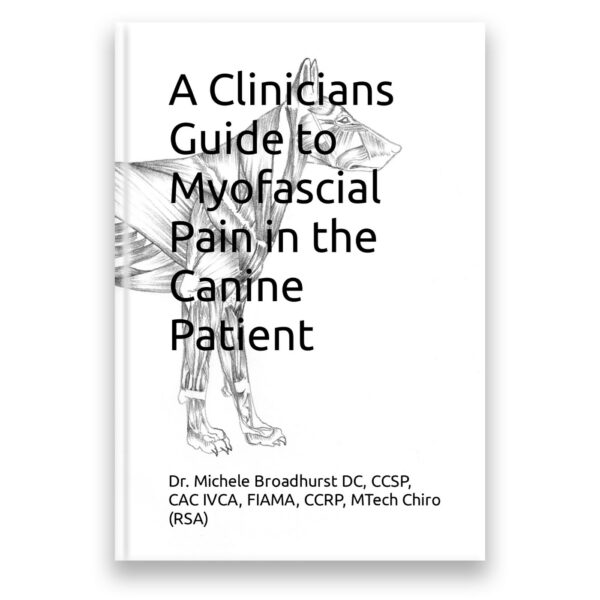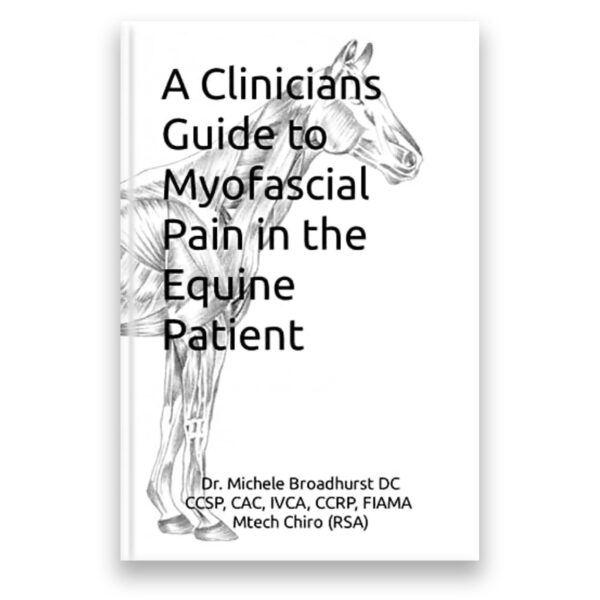Your cart is currently empty!
Book – A Clinicians Guide To Dry Needling For Myofascial Pain
Available on Amazon for Kindle and Paperback edition, and on Apple Books.Myofascial pain is a term that has been bantered around for many years. It is often unclear to people exactly what this means or how to fix it. Medical doctors, Physical therapists, Occupational therapists, Chiropractors and other practitioners are starting to acknowledge the importance…
Available on Amazon for Kindle and Paperback edition, Google Play, and on Apple Books.
Myofascial pain is a term that has been bantered around for many years. It is often unclear to people exactly what this means or how to fix it. Medical doctors, Physical therapists, Occupational therapists, Chiropractors and other practitioners are starting to acknowledge the importance of myofascial pain syndromes and collaborate to figure out how to treat it. Health care is becoming more and more competitive, with many fads cropping up on a monthly basis.
Many of these have no scientific base, and yet in the technological age that we are living in, a good marketing strategy can convince you to try anything. I have heard hundreds of patients say that they have tried this and that, with little or no result other than emptying their wallet. This manual is an essential resource for anyone who is interesting in treating pain in their respective practices. For the dentist, who is struggling to help patients with TMJ issues, or the physical therapist who feels like massage isn’t quite cutting it, or for the Chiropractor who cant understand why their adjustment isn’t holding and the patient is still suffering. No one has time in their busy offices to lug out an enormous textbook and start paging through it for 15 minutes while their patient sits there waiting.
This has been designed as a quick reference text for those practitioners that have a patient presenting with a myofascial pain syndrome and need to quickly recap what muscles can be causing it, where those trigger points are, how to treat it and what to do post treatment. The authors have more than 40 years of combined knowledge and have worked on thousands of patients to bring you the most valuable and concise information that you will need to be successful in dry needling in your practice.They have assumed that you have a strong and solid grasp of anatomy and physiology, so they have not done a full recap on the basics of these subjects.
We begin with an overview on the relationship of muscle and trigger points. This is a useful review about the functionality, integrity and uses of muscles and the trigger points that form and reside in them. Next we cover the differences between Acupuncture and Dry Needling. A brief discussion that will help you answer the question you will encounter many times a day as to what the differences between these two treatment protocols are. The Palpation chapter is one of the most important chapters in this book, as most practitioners are deficient in this skill. There are fundamental tools in this chapter that will help you, quickly and effectively, master palpation.
The Diagnosis and Treatment chapter outlines the fundamentals in evaluating and treating patients. Needling use and technique gives you the foundations on what and where to needle as well as the how. This chapter incorporates different needling techniques as well as post treatment protocols. It teaches you how to be safe and what contraindications are important to keep in mind when evaluating a patient for dry needling. In conclusion, this manual is for the practitioner who wishes to deepen their understanding of myofascial pain syndromes and wants to help their patients in a quick and incredibly effective manner. This book focuses on the how, not the why. It is a quick way of referencing pain patterns and finding out how to treat it immediately.





